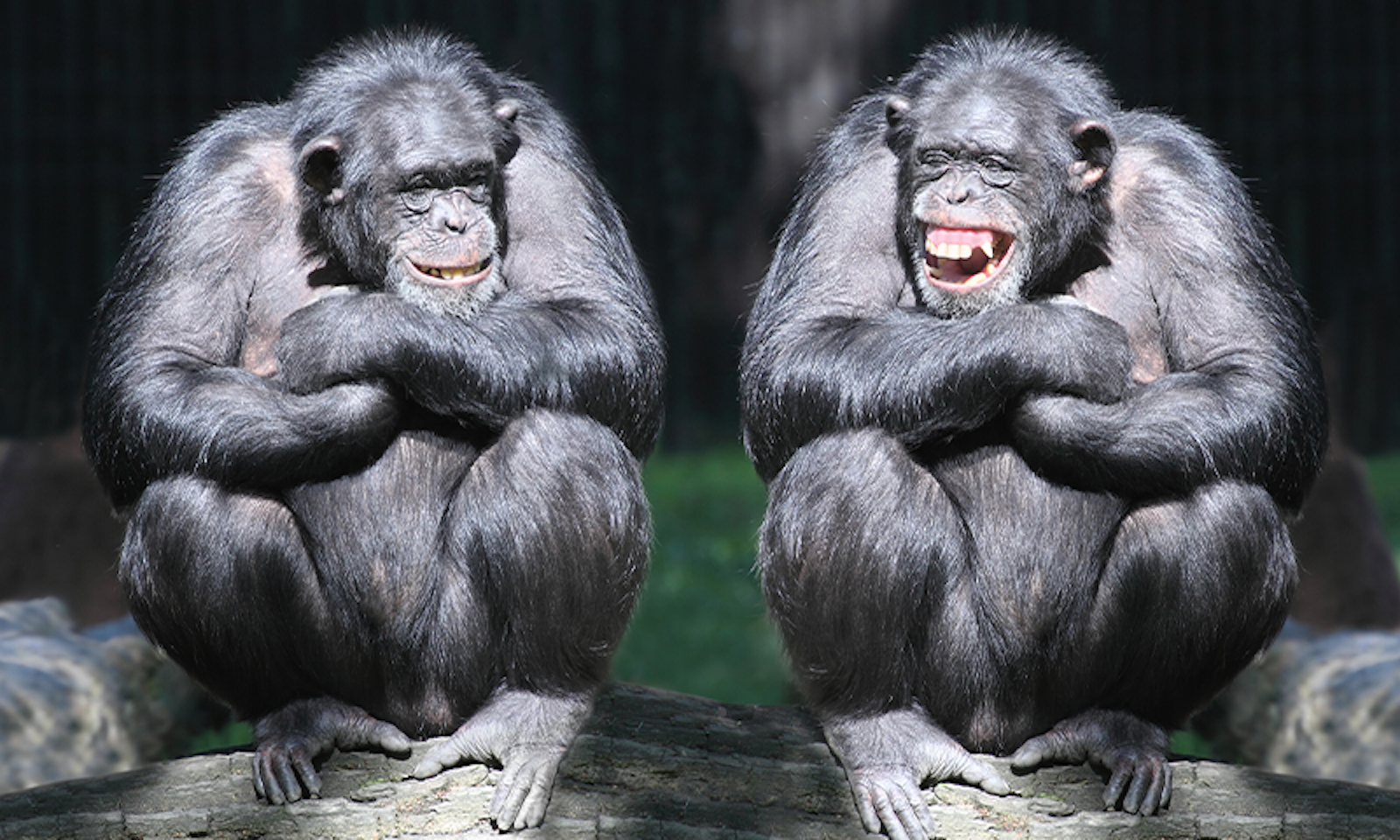I was late once again, tardy to Mr. Reagan’s fifth grade class for the third day in a row. I only had myself to blame. I lived close enough to bike easily to school. After parking and locking up my ride in the bike rack, I sprinted to class. When I yanked the door open, everyone, including Mr. Reagan, was staring at me. “Gallagher, late again,” my teacher said. “What was it this time?” Mr. Reagan was a lanky, kind-hearted old guy who wore big glasses, and tucked his Hawaiian shirts into his belted beige pants. If he caught you at recess or lunch moving after the freeze bell, he would blow his whistle and run at you—his tall and skinny form gliding in a way that resembled an ostrich—then blow his whistle again, signaling you, and everyone else, to unfreeze and go back to class. But as your consequence for moving, he’d escort you personally. You’re meant to be a little embarrassed, but in a jokey way.
Standing in the doorway, slightly panting, I could tell Mr. Reagan, and everyone else, was waiting for me to act submissively, like I’d been caught moving after the bell. But, noticing I had the eyes of the whole class, I felt a grin take form on my face, and, looking at the disgruntled Mr. Reagan, I heard myself say with a shrug, “My waffles wouldn’t cook fast enough!” That was the first time that I can remember making a room of two dozen or so people (not including Mr. Reagan) bust up laughing. No one knew that was coming, including me. I thought recently of how amazing it felt to have caused such a roar of delight while reading Jonathan Silvertown’s latest book, The Comedy of Error: Why Evolution Made Us Laugh, which just saw its United States publication in September.
If you are not in the mood for humor, nothing will make you laugh.
I don’t think what I said was, in itself, particularly funny. You could probably think of funnier lines to slot into that situation. (Silvertown, a professor of evolutionary ecology at the University of Edinburgh, certainly could—the book is brimming with humor, and not just because of the jokes and quips he quotes in his illuminating discussion of the origins of laughter and the function of being funny.) What it was, Silvertown helped me realize, was just something completely unexpected. Not in terms of my character—I was known as a bit of a class clown—but in terms of the context: the “incongruity” of my response, as Silvertown would say. Defiantly declaring something so self-pitying was surprising, and gave my classmates the rare opportunity to take glee at Mr. Reagan’s expense.

What’s laughter for? It’s one of those things, like breathing, that can be hard to see as strange and worth wondering about. Of course, that hasn’t stopped people from puzzling over the point of it for millennia. “The quest for the essence of humor,” Silvertown writes, “is older than the alchemists’ search for the philosopher’s stone.” Often we laugh without thinking. In fact, it’s the uncontrollable spontaneity of genuine laughter, sometimes triggered simply by others laughing, that we most enjoy. That it doesn’t have to result from our intent is, in itself, a clue to how ancient the behavior is. “If you are not in the mood for humor, nothing will make you laugh,” Silvertown writes. “On the other hand, if you are in a laughing crowd, you could find yourself laughing without even having heard the joke.” (One of the many jokes he quotes: “At what frequency does laughter become painful? 1 Gigglehurtz.”)
In The Comedy of Error, Silvertown makes the case for the incongruity-resolution hypothesis. All kinds of incongruity can get us laughing. Consider the experiment the Swedish psychologist Göran Nerhardt ran some 50 years ago to test people’s response to an incongruity unrelated to any sort of joke. “Each subject,” Silvertown writes:
was presented with a series of weights and as they were handed each one, they were asked to judge how heavy or light it was on a 6-point scale from very light (actual weight 740 g) to very heavy (2.7 kg). After many trials sampling the full range of weights, the subject was finally presented with a weight much lighter than any s/he had lifted before. Being unexpectedly presented with an incongruous light weight stimulated laughter.
Even incongruities in music can be funny. Silvertown points out that Javanese gamelan musicians insert them “into otherwise highly structured compositions for their comic and dramatic effect.” The arbitrariness of what can be incongruously funny, he argues, has some deep evolutionary implications. It means we were laughing long before we could speak. “The first evolutionary step toward humor,” Silvertown writes, “must have begun with a general mental ability to compare expectations with various sensory inputs, including those from vision, hearing, and touch.” The brain appears to have regions dedicated to spotting incongruities,1 an ability essential to survival. Once one’s spotted, and determined to be safe (that rustling in the brush really was the wind, not a predator), another region handles the resolution—or “the punchline,” Silvertown writes—another sparks the feeling of being amused, and another gets our muscles to make laughter: “Finding something funny is a cognitive response to the benign resolution of incongruity.”
Everyone laughs. And most people, most of the time, would prefer to have more of it than less. So it’s no surprise we like to be around people who can get us laughing. The fact that everyone wants to laugh suggests that laughing did something big in our evolutionary history. But what? Robin Dunbar, who heads the Social and Evolutionary Neuroscience Research Group in the Department of Experimental Psychology at the University of Oxford, has an intriguing proposal: Laughter is what allowed human social bonding to scale with the increasing size of our groups beyond what conventional forms of social grooming, between closely tied individuals, could possibly provide. When primates groom one another, combing through fur to remove entangled bits and pieces of vegetation and bugs, the hand movements trigger the brain’s endorphin system, which, according to Dunbar, underpins the creation of friendships in primates and possibly other mammals.
As our societies grew, we needed something that could work more efficiently in holding us together. “Laughter, which Dunbar argues is a kind of vocal grooming, was that glue and could have operated before the evolution of speech,” Silvertown writes. “There is little doubt that Dunbar is right about the cohesive effect of shared laughter.”
Laughter is what allowed human social bonding to scale with the increasing size of our groups.
Perhaps it was just for good measure, then, that Dunbar published a new paper, in the Philosophical Transactions of the Royal Society B, on just that—“Laughter and its role in the evolution of human social bonding.”2 The problem with social grooming is it’s intense. “That’s reflected in the fact that we rather dislike being manhandled and touched by strangers or people we don’t know very well, who we’re inclined to think are taking liberties with us if they touch us too much,” Dunbar recently told me over Zoom.
What’s going to bond humans who don’t have the time or inclination to be all touchy-feely? It needed to be something that “allowed us to groom at a distance, because what that then allows us to do is to groom several individuals simultaneously,” he said. We seem to have embraced a variety of behaviors that, when we perform them in groups, trigger the endorphin system, which gives us the same sense of warmth and relaxation, that “all’s at peace with the world,” and you can trust whoever you’re with. “The oldest of these seems to be laughter, because we share laughter with the great apes,” Dunbar said. “In fact laughter, as we find it in both the great apes and humans, derives from the play vocalization in the Old World monkeys, the baboons and macaques, who have this panting vocalization, which acts very often as a play invitation.”
The juveniles pant as they approach each other, saying more or less, “Hey, you want to play?” While they’re playing physical and competitive games, like king of the castle, they’ll often pant, which Dunbar likened to a kind of commentary: “Listen, if I bite you too hard, I don’t mean it. I’m just playing. Don’t panic and attack me back.” This pant-like vocalization is very widespread in those intensely social monkeys and apes. “All we’ve done, really, is change the dynamics of it,” Dunbar said. “So, from a pant with an exhalation—so inhalation, exhalation, inhalation, exhalation—which is the form you find in monkeys and apes, to a form in which there are only exhalations. You’re just panting outward with no inhalation of breath afterward. And that empties the lung, and of course gives you the phenomenon of dying with laughter, when you’ve exhausted your lungs and you can’t get your breath back. That seems to trigger the endorphin system, big time.”
Dunbar said this evolved originally as a form of chorusing. We took what had been just a, “Hey, do you want to play?” kind of vocalization between two individuals, to something being repeated endlessly between a group, one that’s perhaps sitting around a campfire. “It’s kind of like good old-fashioned round the campfire songs that everybody knows, because it doesn’t really matter what the words are,” Dunbar said. “We go through the motions of producing the words, but they become submerged and secondary to just the activity. It creates this sense of bonhomie, of belonging to a community.”
He thinks it evolved in that context because one of laughter’s hallmark signatures is its social spontaneity. “If somebody else laughs, it’s very difficult not to laugh with them. And if you get stuck in a conversation with good old Mr. Spock from Star Trek, bless him, who never smiled, never laughed, you’d go crazy. How do I get out of this? This is a terrible conversation that’s going on, because there’s no little jokes and one-liners being thrown about to make you smile and laugh,” Dunbar said. “So, laughter is important in our everyday conversations, and makes the conversation flow, in a very musical sense of flow. It has this same intimacy that social grooming has, in terms of creating these bonded relationships. And it does that by triggering this pressure on the diaphragm and the chest wall muscles when you empty the lungs, and stress the lungs, and then the musculature triggers the endorphin system just in the same way that grooming does, but better.”
The laughter in Mr. Reagan’s 5th-grade classroom lasted just a handful of seconds before he ordered me to turn myself into the principal’s office. But that was all the time I needed to feel a bit more closely connected with my classmates. And there was more where that came from, because laughter is a renewable source of cohesion. Months on we could tell the story of how my slow-cooking waffles peeved the teacher and laugh about it again and again.
Does this, incidentally, disprove the incongruity hypothesis? Not necessarily. “I suspect that in these cases, the joke is not just a joke but a means of bonding and re-visiting a moment of remembered enjoyment,” Silvertown writes. “Don’t forget that laughter occurs when we are happy, not just when we hear something funny.” He mentions how audiences would always ask the comedian Ken Dodd to do a bit about a three-legged chicken. They weren’t interested in the joke so much as his delivery. Following Silvertown, I won’t spoil it. Google it. “The first time you see this joke performed the incongruity will make you laugh,” Silvertown writes. “Thereafter, repetition will replay the laughter from happiness.” ![]()
Brian Gallagher is an associate editor at Nautilus. Follow him on Twitter @bsgallagher.
Lead image: Kletr / Shutterstock


























